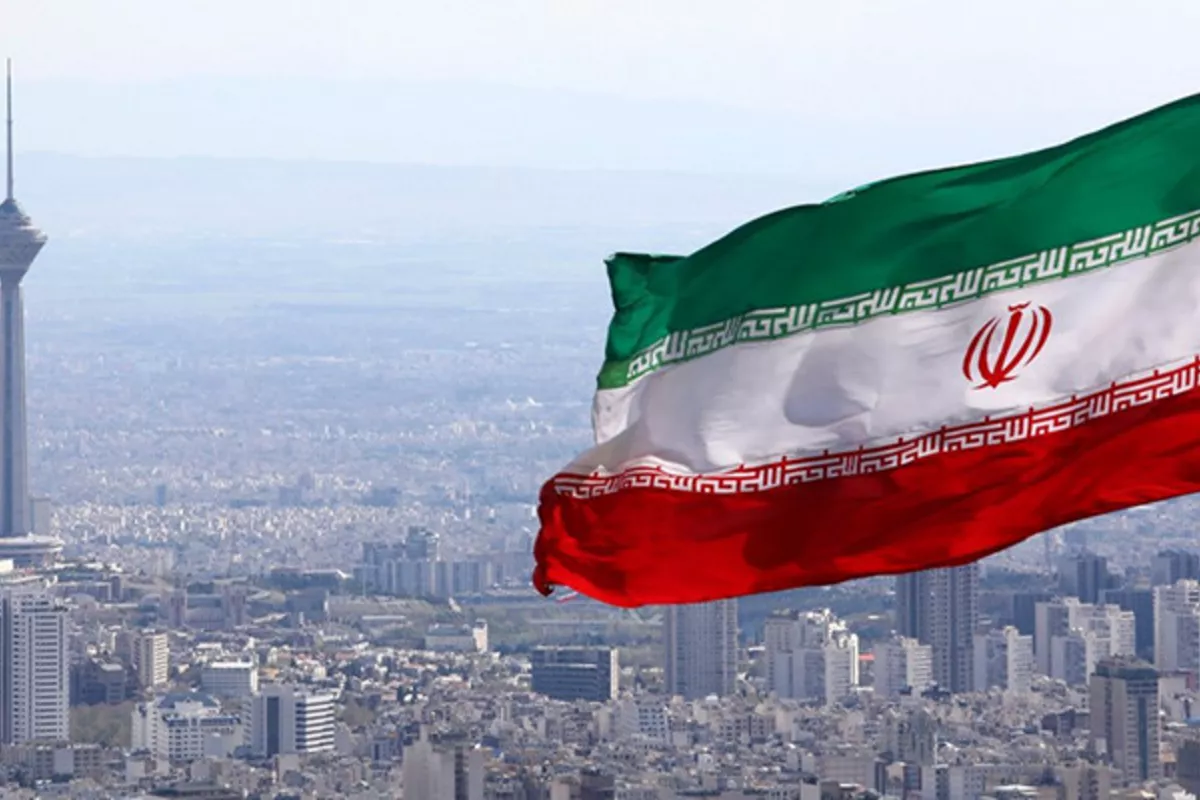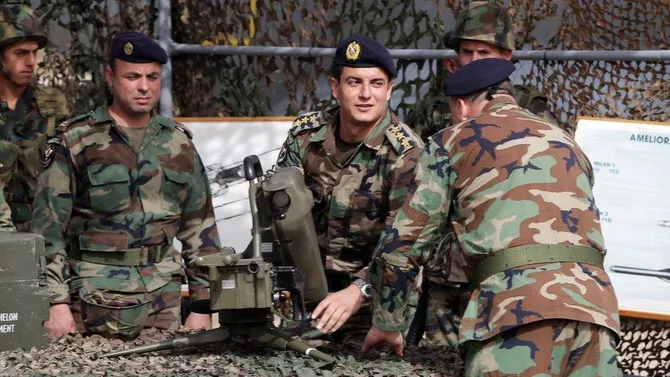
Photo: Crossmedia.az
For decades, the ayatollahs have pursued one overriding ambition: to secure Iran’s dominance in the Middle East. That ambition took on new intensity after the end of the Iran-Iraq War in 1988, when Tehran concluded that as a Shiite state surrounded by Sunni regimes, it needed to construct a “belt of security” built on sectarian and ideological allies. The rise of ISIS only reinforced the urgency of this vision.
To justify interference in the affairs of neighboring countries, Iran cast Israel as the supposed “enemy of the Islamic world,” an adversary that could be invoked to mobilize support and silence dissent. Billions of dollars were spent propping up the Assad regime in Syria and bankrolling Hezbollah in Lebanon - a movement whose militarization hollowed out Lebanon’s sovereignty and reduced it to a fragile protectorate. In Yemen, Iranian support for the Houthis set off a devastating civil war. Across the region, Iran’s policies ignited an arms race that drained resources desperately needed for infrastructure, water, and energy at home. Instead of investing in its people, Tehran buried vast sums in a clandestine nuclear program and an expanding missile arsenal.

Photo: AP
The 12-day war, which exposed the limits of Iranian power, might have prompted a course correction. Instead, Tehran has returned to old habits - clinging to intimidation as the cornerstone of its regional strategy.
Ali Larijani’s visit to Beirut on August 13, 2025, was meant to reassert Iran’s influence over Hezbollah at a moment of crisis. But it backfired. The trip began with humiliation: Syria closed its airspace to the Iranian delegation, a move clearly blessed by Ankara. In Lebanon, the mood was openly hostile. Hezbollah had just rejected a government disarmament plan backed by Washington and Tel Aviv. Its parliamentary leader Mohammed Raad warned that surrendering weapons “under Israeli occupation” would be suicide for the resistance. Yet Christian leader Samir Geagea hailed the plan as a “historic step” toward sovereignty - and his words resonated. Foreign Minister Youssef Raji refused to even meet Larijani, dismissing the visit as “untimely.”
At the airport, there were no senior government figures to greet him - only representatives from Hezbollah, Amal, Hamas, and Palestinian Islamic Jihad. President Joseph Aoun bluntly told Larijani that Lebanon rejects foreign interference and that only the Lebanese state will wield arms. For Tehran, the message was unmistakable: Lebanon, once a pliant satellite, is slipping away.
The stakes could not be higher. Should Hezbollah be disarmed, Iran will lose its buffer against Israel and see its influence wane in Iraq and Yemen as well. Yet Tehran clings to its last levers, channeling $200 million annually to Hezbollah and maintaining maritime supply routes through Beirut. But the grip is weakening.
On August 10, Lebanon’s cabinet approved a plan to disarm Hezbollah and Palestinian factions by year’s end, a move openly supported by Prime Minister Nawaf Salam. For the first time, Beirut’s leadership stated unequivocally that only the Lebanese army has the right to bear arms. On the streets, thousands of protesters - Sunnis, Christians, and even Shiites - demanded an end to Iranian interference.

Photo: BBC
Saudi Arabia stepped into the breach with a $3 billion aid package to rebuild Lebanon’s shattered infrastructure, conditional on Hezbollah’s disarmament. Qatar and the UAE endorsed the initiative. Hezbollah, which once controlled nearly a third of Lebanon’s territory, suddenly found itself cornered. Secretary-General Naim Qassem threatened “bloodshed,” but his rhetoric rang hollow. The Shiite bloc itself is fracturing: a fifth of southern Lebanon’s Shiite leaders, according to Al-Monitor, are now open to compromise in exchange for $11 billion in promised aid from the U.S. and Saudi Arabia.
Iran’s supply corridor through Syria has collapsed. Diplomatic cover is evaporating. Qatar has cut contacts with Tehran by 40%, while the defiant statements of Iranian officials only fuel resentment in Beirut.
Larijani’s visit, intended as a show of strength, revealed instead Tehran’s vulnerability. Where Iran once dictated terms, it now faces boycotts, protests, and rejection. Lebanon is slipping from its grasp, and with it, a cornerstone of Iran’s regional strategy.
The conclusion is stark: the ayatollahs are running out of time. Financially crippled, diplomatically isolated, and regionally constrained, Iran can no longer buy loyalty at the scale it once did. The battle for influence in the Middle East will be decided not by fiery rhetoric or hollow threats, but by those who can deliver stability, aid, and reconstruction. In that contest, Tehran is falling behind.
Share on social media